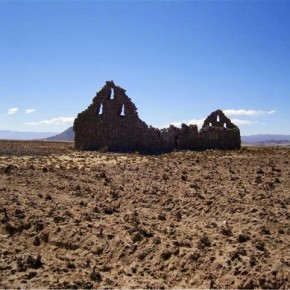Yesterday I participated in the Day of Archaeology. I and several hundred others like me wrote about what our life and job are like on one day. Here is an excerpt:
Although I am a trained field archaeologist, I now work for a criminology department. I study the looting of archaeological and historic sites and the transnational trade in illicit cultural property. That is what I am doing now, in La Paz, Bolivia, 3700 feet above sea level, thanks to a Fulbright grant and a Leverhulme fellowship.
I am part of the University of Glasgow and the Scottish Centre for Crime and Justice Research’s Trafficking Culture project. My research group is approaching looting and antiquities trafficking from new angles to hopefully come up with interesting regulatory responses to this problem. Besides larger criminological and market analyses, our project is engaged in several regional case studies. That is where I fit in. I am looking into this phenomenon in Latin America and, right now, in Bolivia.
At the moment I am working on the looting of remote Conquest-era churches and the international market for stolen ecclesiastical paintings, sculpture and silver. The Andes are filled with rural churches: they were part of the evangelising mission of the Spanish Conquistadors. These churches are filled with spectacular and regionally-specific art. Most notable in Bolivia is silver work: for several hundred years the majority of the world’s silver came from Bolivia and Indigenous artists had a ready supply to make thousands of beautiful objects of devotion. Unfortunately there are collectors out there who are willing to buy stolen church art and, as supply meets demand, poor Bolivian communities are robbed of their heritage.
